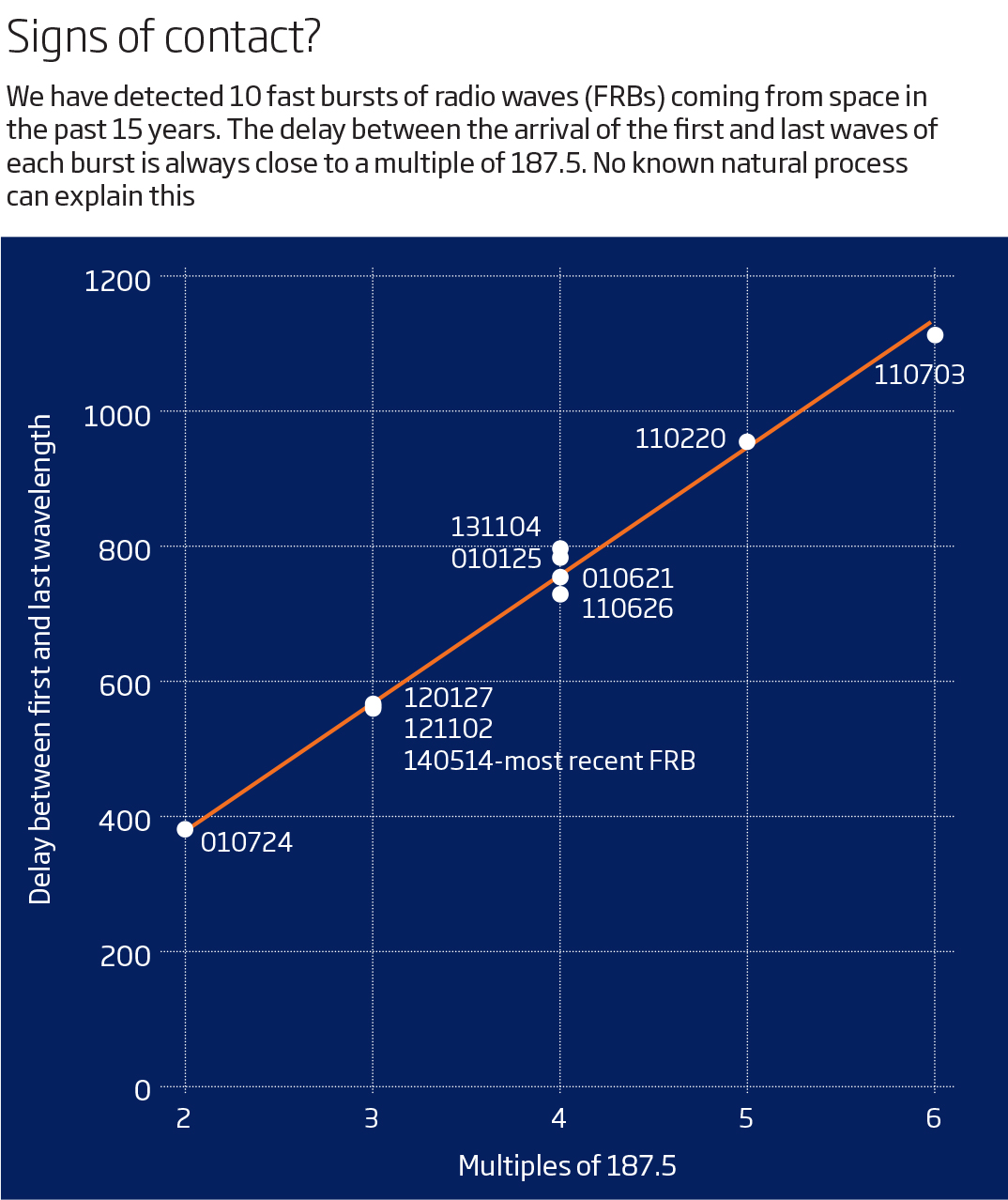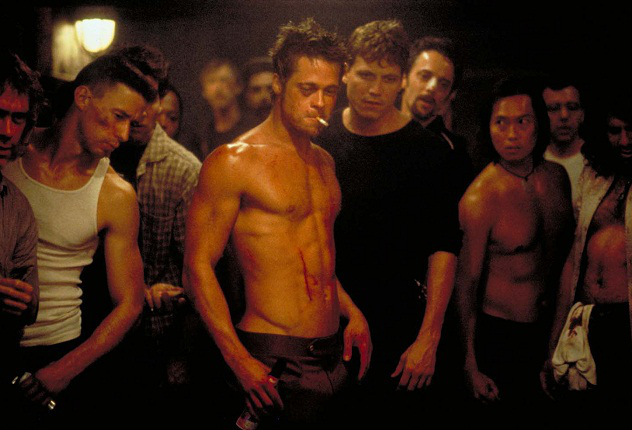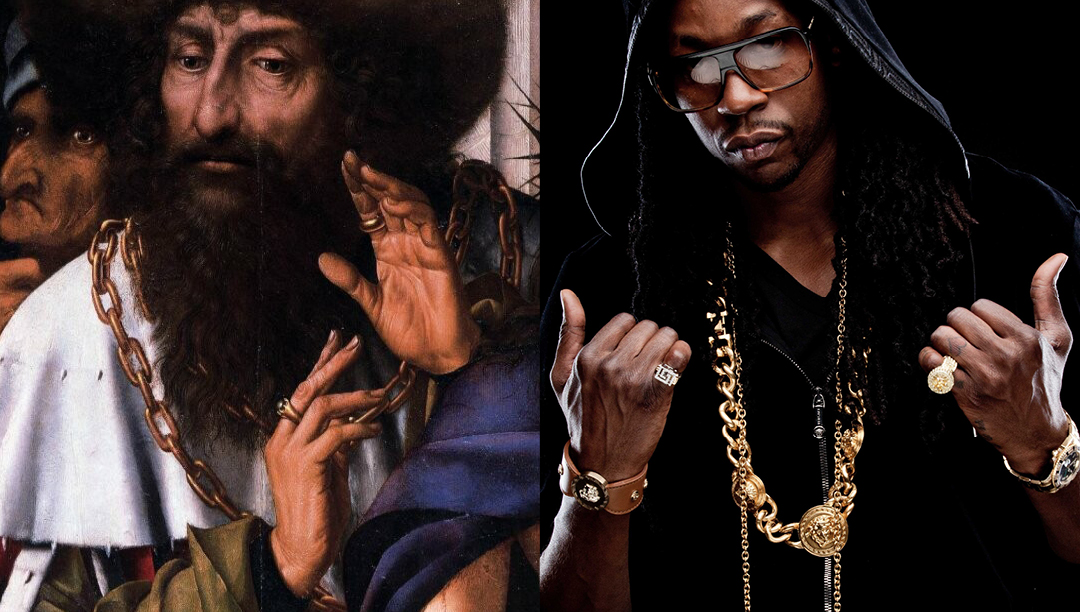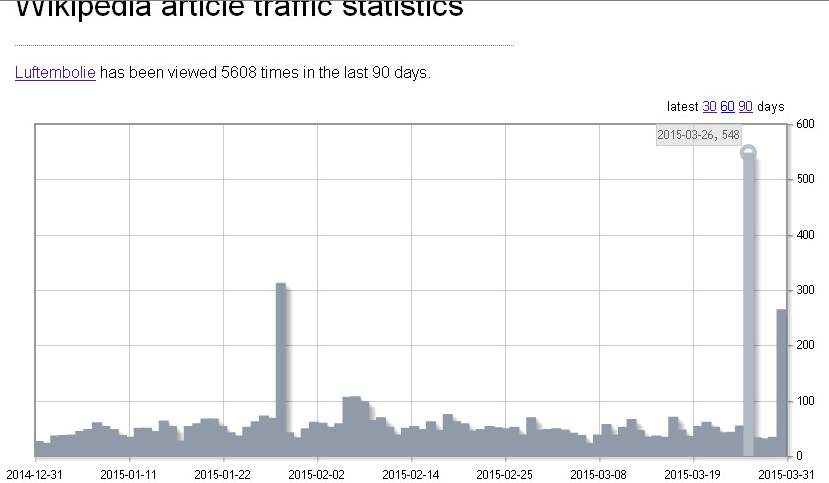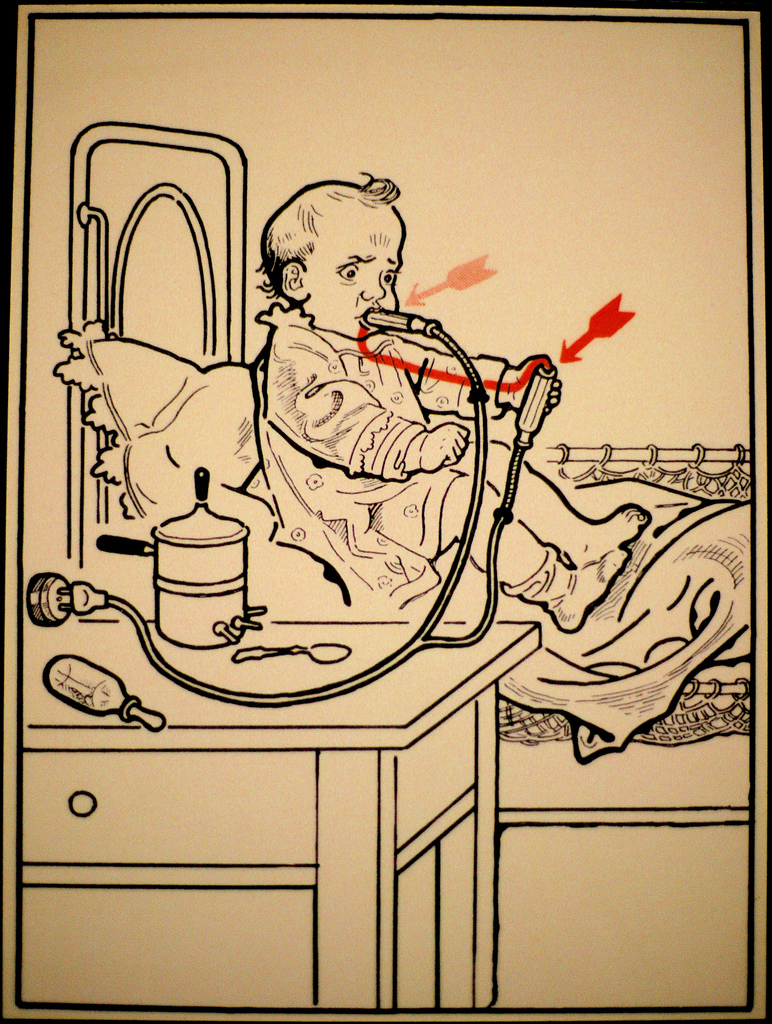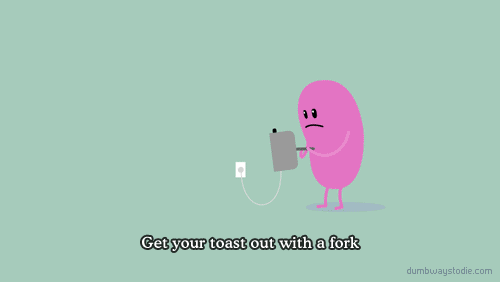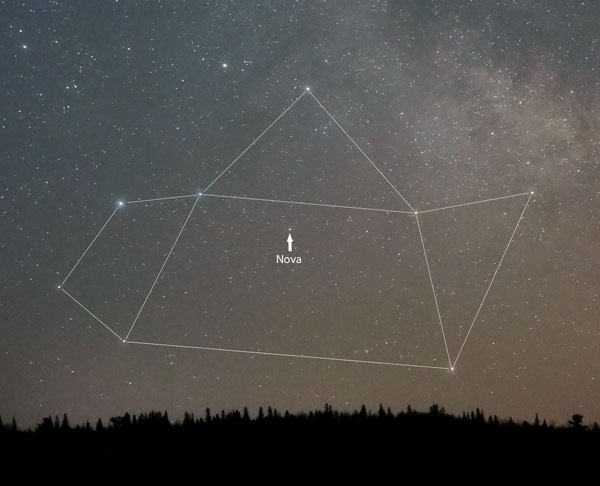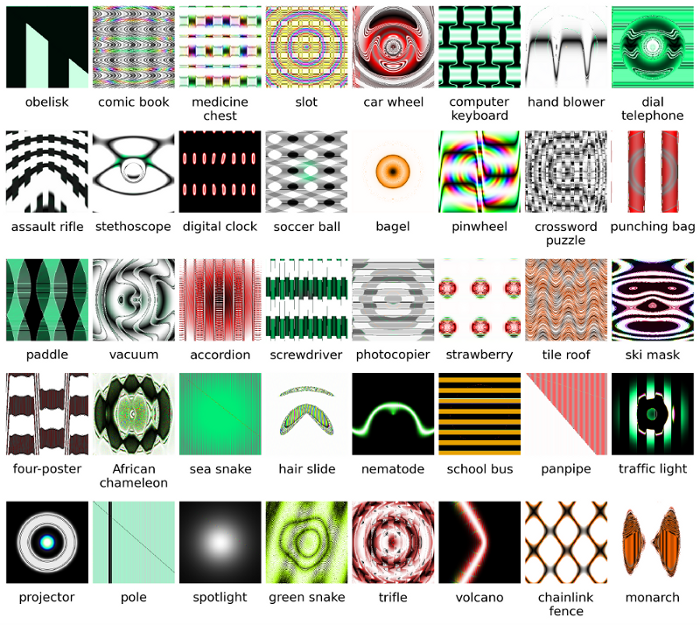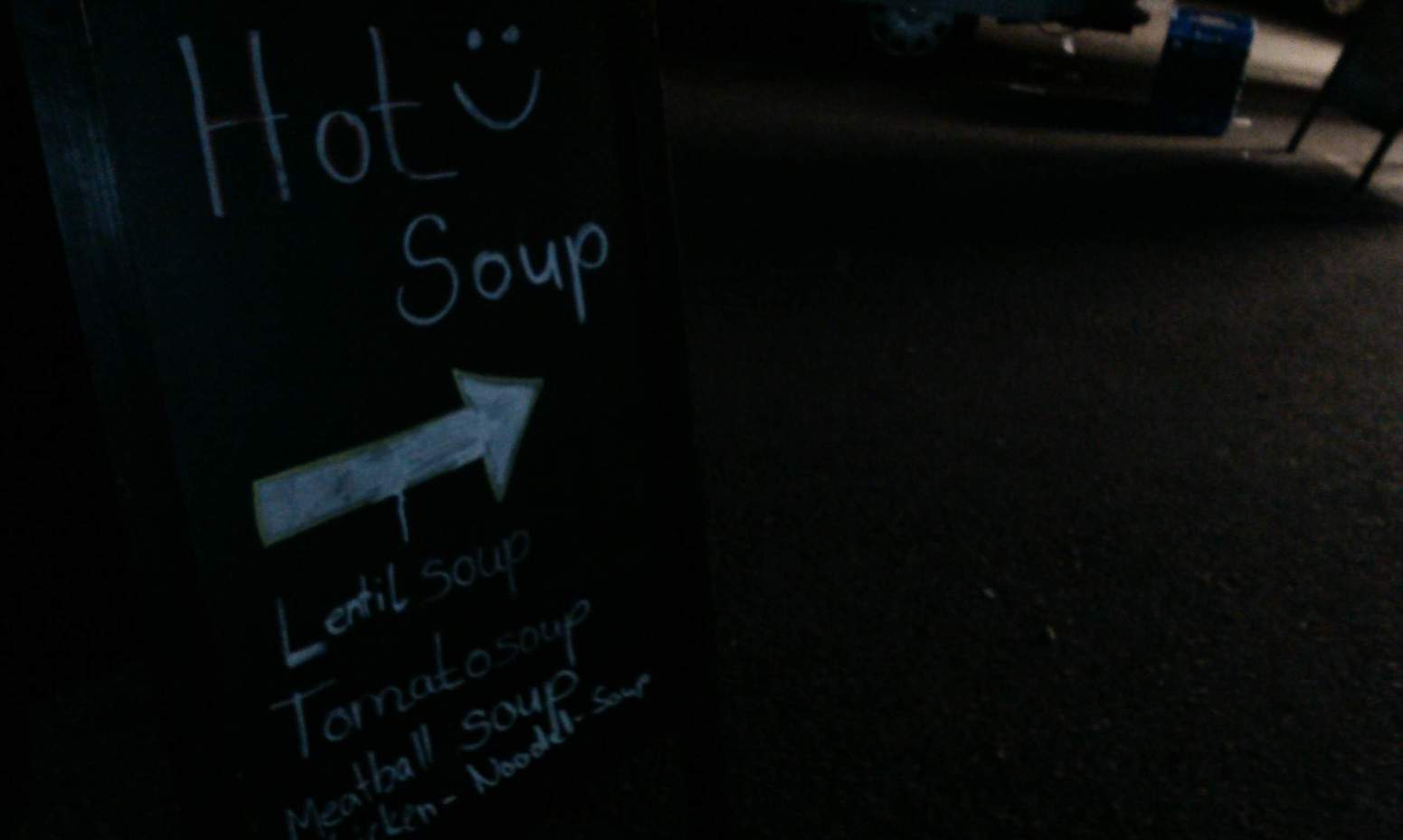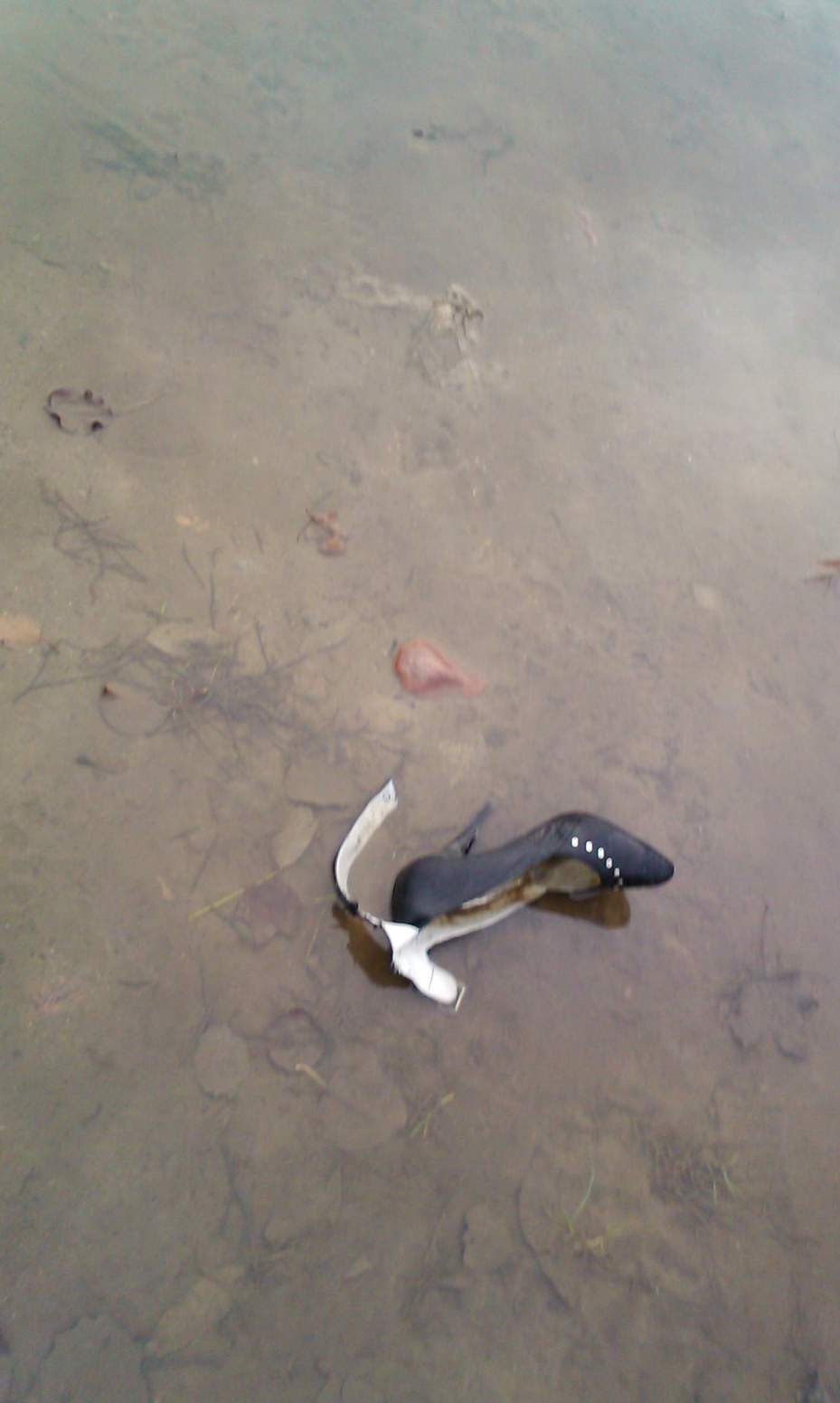"Fort Greene’s Prison Ship Martyrs Monument is a memorial to American POWs wh...
"Fort Greene’s Prison Ship Martyrs Monument is a memorial to American POWs who lost their lives during the Revolutionary War. We have updated this monument to highlight those who sacrifice their safety in the fight against modern-day tyrannies. It would be a dishonor to those memorialized here to not laud those who protect the ideals they fought for, as Edward Snowden has by bringing the NSA’s 4th-Amendment-violating surveillance programs to light. All too often, figures who strive to uphold these ideals have been cast as criminals rather than in bronze. Our goal is to bring a renewed vitality to the space and prompt even more visitors to ponder the sacrifices made for their freedoms. We hope this inspires them to reflect upon the responsibility we all bear to ensure our liberties exist long into the future." Read More »



